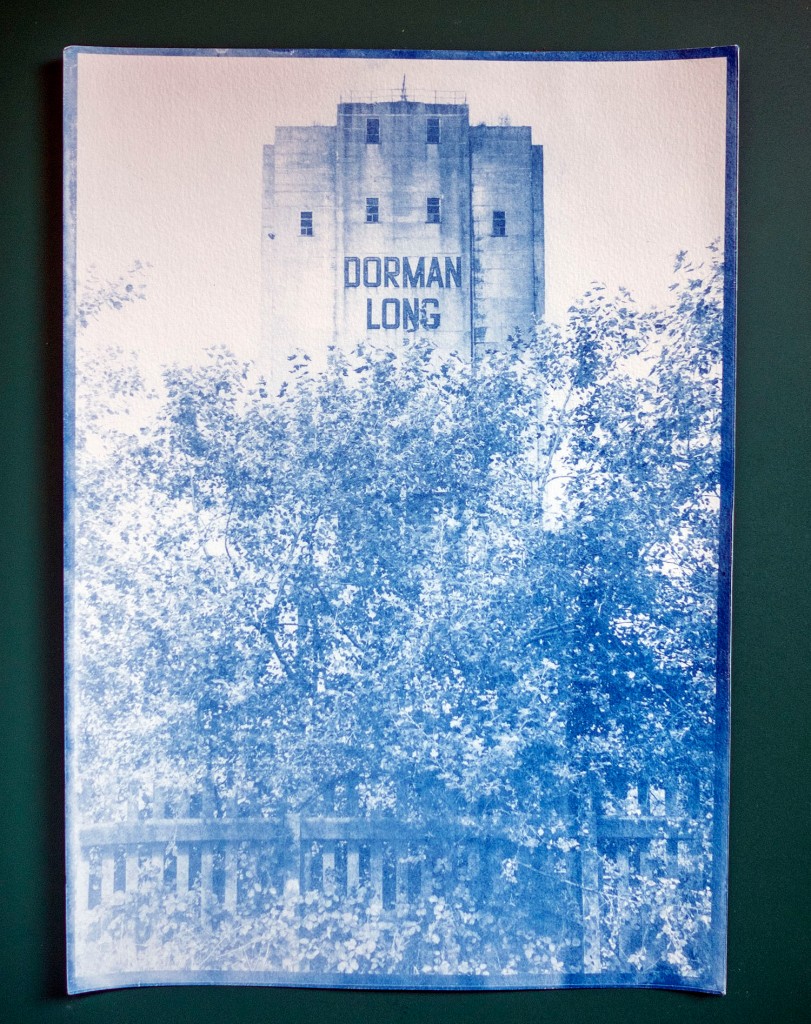The Black Path Middlesbrough. February 2015

The Black Path Middlesbrough. February 2015

I’ve been digging through some of my old images of the South Bank Coke Ovens. I took these around 2015. At the time it barely crossed my mind that within a decade the whole industry would be reduced to rubble.
The conservative government had an opportunity to save the industry and made the deliberate decision not to do so. The conservative mayor who vowed to bring steelmaking back to Teesside has also informed us that ‘a Tsunami’ of jobs are on the way.







Saabat Gallery seeks to explore humanity’s relationship with the Industrial History of Teesside…. landscapes between the “rise and fall”, through the experiences and journey of a former steelwork engineer and photographer Michael Guess.
Azad Karim Mohammed

I went along to see this exhibition today and loved it. If you haven’t already been I’d recommend that you pop in and have a look.


Mark Lawton very kindly sent me a scan of a book that he’d recently found. It’s a lovely snapshot from 1974 of the South Teesside Works when it employed 16,000 people.
You can download the whole book using the link at the bottom of the page








I’m selling some original Cyanotypes of the Dorman Long Tower. Cyanotype is a photographic printing process where the paper is coated with light sensitive iron salts and then exposed to UV light. Once exposed, the image is washed and then left to dry for 24 hours.
Each cyanotype is completely original, due to the vagaries of coating, exposure and washing, no two cyanotypes are the same. The image is made onto A4 330gsm acid-free paper. I may need to trim the edges slightly so the final image may be slightly smaller than A4.
Posting framed images would be rather costly so I’m selling them unframed. I’ve added a picture of a framed print below just to give you an idea of how they look. The prints are £15 plus £2 p&p each, with all profits going to the Trussell Trust. If you’d like to buy one send an email to smellofblackpath@gmail.com

I’m selling some lovely t-shirts. They were designed by Carl Mole and Oli Heffernan and feature the ‘Dorman Long Tower’ at South Bank, a landmark on the Teesside skyline. The tower was built during the 1950’s to store and supply coal to the South Bank coke ovens.

Designed by Carl Mole

Designed by Oli Heffernan
T-shirts available in 2 colours Grey/White
Sizes S, M, L & XL
Price £15 plus P&P
100% of profits will be donated to the Trussell Trust
email smellofblackpath@gmail.com stating design, colour & size
The Artists
Graham made the film during a recent walk that we took along the path. He filmed it using a 1930’s Ensign Auto Kinecam and expired Ilford FP4 Plus film which he processed himself.
The original soundtrack was created by Greg Marshall, the film was scanned by James Holcombe.
Home























Read a history of The Black Path here https://teessidepsychogeography.wordpress.com/2020/05/05/the-black-path-8/